Have you ever wondered if those salty, flavorful little fish known as anchovies are safe for your furry friend to eat? Dogs, with their curious noses and begging eyes, often make us question what is safe for them to consume. Let’s delve into whether anchovies can be a part of your dog’s diet.
Contents Overview
What is Anchovies
Anchovies are small, silver-colored fish known for their strong, salty flavor. They are often used as a condiment or ingredient in various dishes, including pizzas, salads, and pasta sauces. These tiny fish are packed with nutrients like protein, omega-3 fatty acids, vitamins, and minerals. While some people enjoy anchovies for their distinct taste, others may find them too intense. Overall, anchovies are a versatile ingredient that adds a punch of flavor to many culinary creations.
Nutritional Value of Anchovies
Anchovies are a nutritional powerhouse, packed with protein, omega-3 fatty acids, vitamins, and minerals. These small fish are an excellent source of high-quality protein, essential for muscle development and overall health. Additionally, anchovies contain significant amounts of omega-3 fatty acids, which support heart health, promote a shiny coat, and reduce inflammation. They are also rich in vitamins D, B12, and E, as well as minerals like calcium, phosphorus, and selenium, which are vital for various bodily functions. Incorporating anchovies into your diet can provide a significant boost of essential nutrients.
Can Dogs Eat Anchovies Safe?
Dogs can eat anchovies safely in moderation, but there are important considerations. While anchovies are rich in nutrients like protein, omega-3 fatty acids, vitamins, and minerals, they also contain high levels of salt, which can be harmful to dogs in excess. Too much salt can lead to sodium ion poisoning, causing symptoms like vomiting, diarrhea, tremors, and seizures. Additionally, anchovies may contain small, soft bones that could pose a choking hazard, especially for small breeds. It’s essential to offer anchovies as an occasional treat, prepared without added salt or seasonings, and thoroughly deboned to ensure your dog’s safety. Always monitor your dog for any adverse reactions and consult your veterinarian before introducing anchovies into their diet.
Health Benefits
Adding anchovies to your dog’s diet can offer various health benefits, including:
- Improved Cardiovascular Health: The omega-3 fatty acids in anchovies can help regulate blood pressure, reduce inflammation, and lower the risk of heart disease in dogs.
- Enhanced Joint Health: Omega-3s also play a crucial role in reducing joint inflammation and promoting mobility, making anchovies a great choice for dogs with arthritis or joint issues.
- Healthy Skin and Coat: The omega-3 fatty acids in anchovies contribute to a lustrous coat and healthy skin, reducing itching and dryness.
- Stronger Immune System: The vitamins and minerals in anchovies, such as vitamins D and B12, support a robust immune system, helping your dog fight off infections and illnesses more effectively.
Potential Risks and Precautions of Feeding Anchovies to Dogs
While anchovies can offer several health benefits to dogs, it’s essential to be aware of potential risks and take precautions when incorporating them into your furry friend’s diet. Understanding these risks can help you ensure the safety and well-being of your canine companion. Let’s explore the potential risks and precautions associated with feeding anchovies to dogs.
High Sodium Content: Anchovies, especially those that are commercially prepared or preserved, may contain high levels of sodium. Excessive sodium intake can lead to:
- Dehydration: High sodium levels can cause your dog to become excessively thirsty, leading to increased water consumption and potential dehydration.
- Electrolyte Imbalance: Excess sodium can disrupt the balance of electrolytes in your dog’s body, potentially leading to health issues such as muscle weakness or seizures.
- Increased Blood Pressure: A diet high in sodium can elevate blood pressure levels in dogs, posing a risk to their cardiovascular health, especially for those with pre-existing heart conditions.
Allergic Reactions: Like any new food, anchovies can trigger allergic reactions in some dogs. Symptoms of an allergic reaction may include:
- Itching: Your dog may scratch excessively or develop hives on their skin.
- Swelling: Allergic reactions can cause swelling, particularly around the face, lips, or throat, which can impair breathing and require immediate veterinary attention.
- Gastrointestinal Upset: Digestive issues such as vomiting, diarrhea, or abdominal pain may occur in dogs with food allergies.
Mercury Contamination: Anchovies, like other fish, may contain trace amounts of mercury, which can accumulate in your dog’s body over time. Chronic exposure to mercury can lead to:
- Neurological Issues: Mercury toxicity can affect your dog’s nervous system, leading to symptoms such as tremors, weakness, or difficulty walking.
- Digestive Disturbances: Dogs with high levels of mercury may experience gastrointestinal issues such as nausea, vomiting, or loss of appetite.
- Kidney Damage: Prolonged exposure to mercury can damage your dog’s kidneys, impairing their ability to filter toxins from the bloodstream and leading to kidney failure.
Precautions:
- Moderation: Feed anchovies to your dog in moderation to avoid excessive sodium intake and minimize the risk of adverse health effects.
- Freshness: Choose fresh or properly preserved anchovies to reduce the risk of mercury contamination and ensure your dog receives maximum nutritional benefits.
- Monitoring: Monitor your dog closely for signs of allergic reactions or adverse effects after introducing anchovies into their diet. If you notice any concerning symptoms, discontinue feeding anchovies and consult your veterinarian.
- Consultation: Before making any significant changes to your dog’s diet, consult with your veterinarian to ensure it’s appropriate for their individual health needs and dietary requirements.
Safe Ways to Feed Anchovies to Dogs
Feeding anchovies to your dog can be a nutritious and tasty addition to their diet, but it’s crucial to do so in a safe and responsible manner. By following these safe feeding practices, you can ensure that your canine companion enjoys the benefits of anchovies without any risks or adverse effects. Let’s explore the safe ways to feed anchovies to dogs.
Choose High-Quality Sources: Selecting high-quality anchovies is paramount to ensure your dog receives maximum nutritional benefits and minimizes potential risks. Consider the following tips when choosing anchovies for your furry friend:
- Opt for fresh or properly preserved anchovies to reduce the risk of contamination or spoilage.
- Choose anchovies that are free from added seasonings, such as salt or spices, which can be harmful to dogs.
- Look for anchovies that are sourced from reputable suppliers and undergo quality control measures to ensure safety and freshness.
Feed in Moderation: While anchovies can offer health benefits to dogs, it’s essential to feed them in moderation to prevent excessive intake of certain nutrients and minimize potential risks. Consider the following guidelines when incorporating anchovies into your dog’s diet:
- Limit the amount of anchovies you feed your dog to avoid overconsumption of sodium or mercury.
- Consider anchovies as an occasional treat rather than a staple in your dog’s diet to maintain balance and variety in their meals.
- Monitor your dog’s response to anchovies and adjust the serving size accordingly based on their individual health needs and dietary requirements.
Preparation Methods: How you prepare and serve anchovies to your dog can also impact their safety and enjoyment. Follow these safe preparation methods to ensure a positive feeding experience:
- If feeding canned anchovies, opt for varieties packed in water or olive oil rather than brine or sauces, which may contain added sodium or seasonings.
- Rinse canned anchovies thoroughly under cold water to remove excess salt or oil before serving them to your dog.
- Consider lightly cooking or steaming fresh anchovies to improve digestibility and reduce the risk of potential parasites or bacteria.
Monitor for Allergic Reactions: Like any new food, anchovies can cause allergic reactions in some dogs. Keep an eye out for any signs of allergic responses and take appropriate action if necessary:
- Monitor your dog closely for symptoms such as itching, swelling, or gastrointestinal upset after feeding them anchovies.
- If you notice any adverse reactions, discontinue feeding anchovies immediately and consult your veterinarian for further guidance.
Safe and Suitable Alternatives of Anchovies for Dogs
Safe and suitable alternatives to anchovies for dogs include:
- Salmon: Rich in omega-3 fatty acids and protein, salmon provides similar health benefits to anchovies without the risk of high sodium content.
- Sardines: These small fish are packed with nutrients like omega-3s and vitamin D, making them a nutritious alternative to anchovies.
- Tuna: Low in saturated fat and high in protein, tuna can be a tasty option for dogs, but it should be fed in moderation due to potential mercury content.
- Mackerel: Another source of omega-3 fatty acids, mackerel is a flavorful alternative to anchovies that can support your dog’s overall health.
Bottom Line
In conclusion, while anchovies can be a tasty and nutritious addition to your dog’s diet, it’s essential to offer them in moderation and with caution. By following proper preparation techniques and monitoring your dog’s response, you can safely share these flavorful fish with your furry friend. Always prioritize your dog’s health and well-being when introducing new foods into their diet.

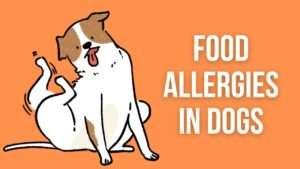



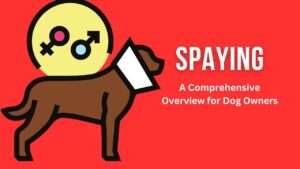





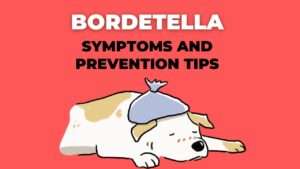



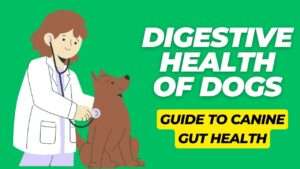

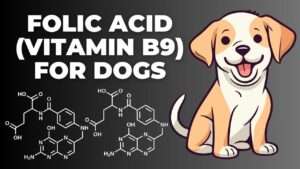









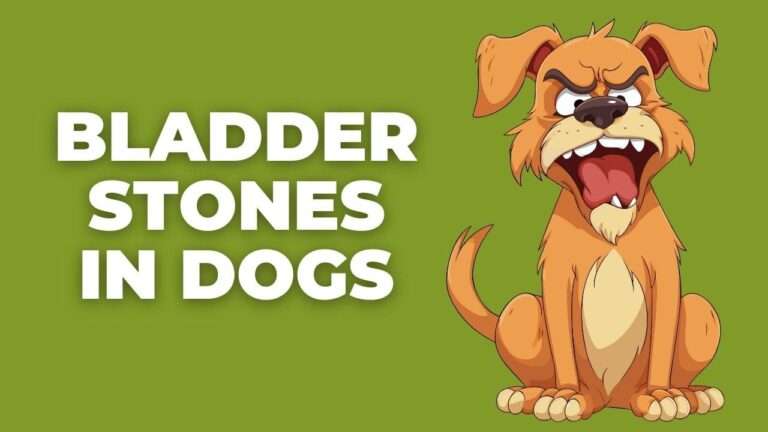
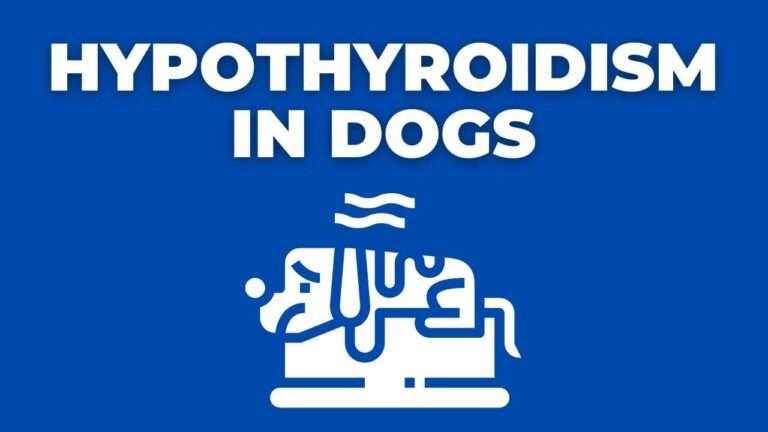

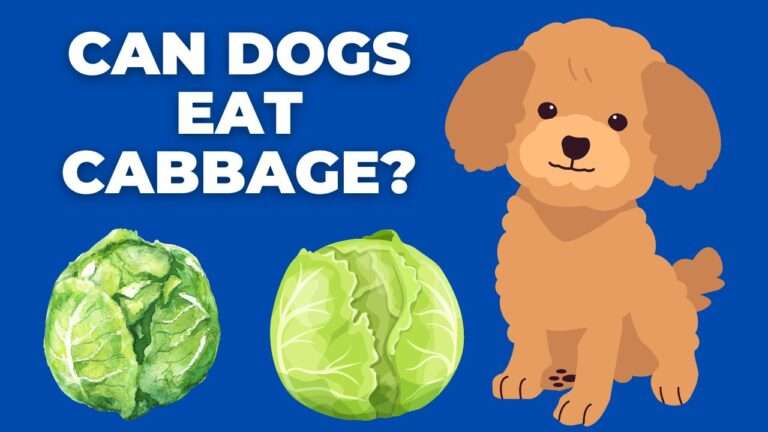
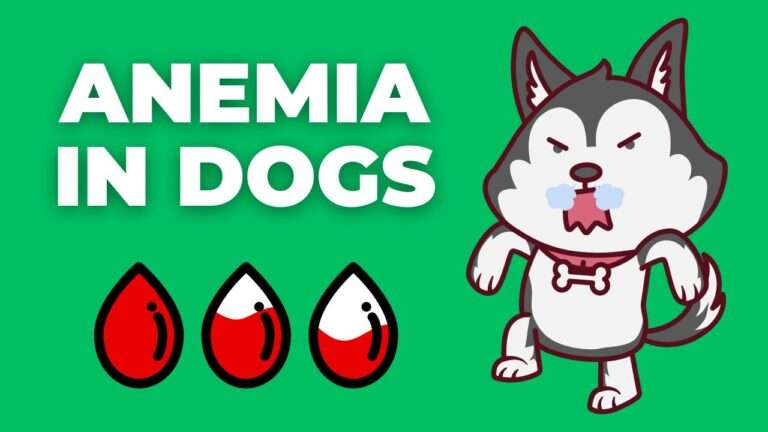
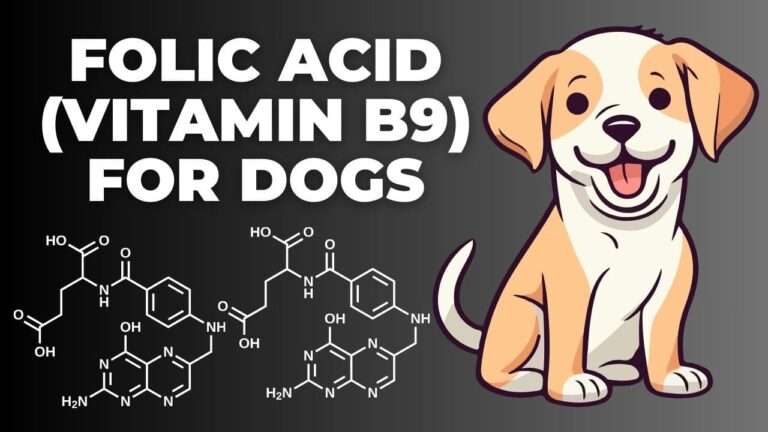
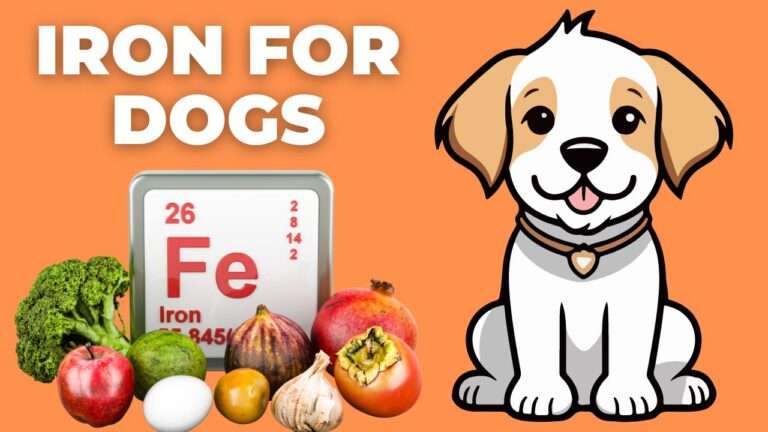
+ There are no comments
Add yours